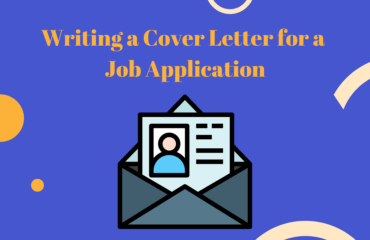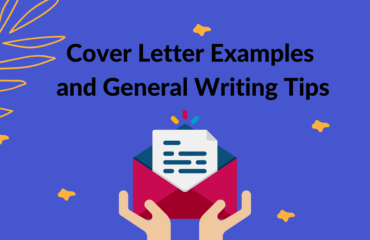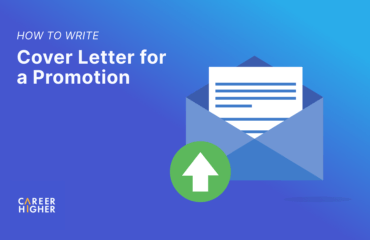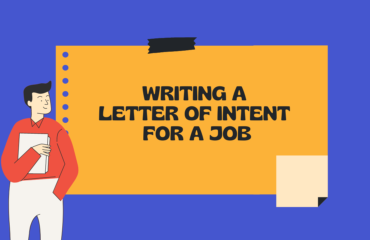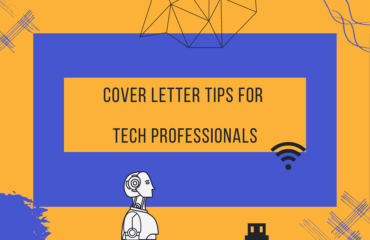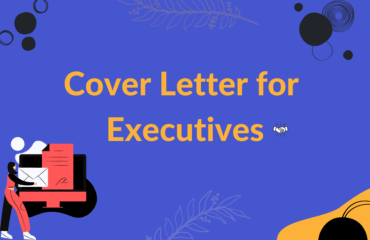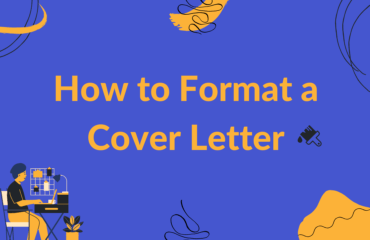Table of Contents
Cover letters are an important job search tool for all professionals. The purpose of a cover letter is to demonstrate you are prepared to put in the required effort to do the job successfully, based on your motivation for the opportunity. Also, it summarizes key parts of your strengths, experience, and expertise relevant to the job, complementing your resume. This article will cover all your need to know as a candidate about cover letters to elevate your job search and win more interviews for your target jobs.
The benefits of using cover letters
Here are the key benefits of using a cover letter when applying for jobs.
a) Demonstrates your passion for the opportunity
It is common practice for candidates to use the spray-and-pray approach, applying to hundreds of jobs in a desperate attempt to land a job offer. Apart from being an ineffective job search practice, this has made recruiters suspicious, as they are looking to connect with candidates who have a real interest in the opportunity. A well-written cover letter outlines the candidate’s rationale for their application and their passion for the job and the industry.
b) Makes you stand out from the crowd
Cover letters are usually optional, as most applications are submitted through Applicant Tracking Systems. A good part of candidates sticks to the mandatory application requirements, skipping options such as the cover letter. Savvy candidates use this practice as a competitive advantage by using cover letters to go above and beyond and provide relevant information that their competitors don’t.
c) Connects you with the employer
Best-practice cover letters include employer-specific content. This content showcases how the business is special to the candidate and how the candidate can drive its success. This is crucial, as a cover letter is the only opportunity to communicate this information prior to an interview.
Who should use cover letters
A job-seeker making an online application on the company portal or through a website like Indeed or LinkedIn is often given the option of submitting a cover letter. We suggest making the best use of such a space regardless of your industry, seniority, location, and job. Helping a recruiter or a hiring manager to make a decision by providing additional valuable information can only work to your advantage
While everyone should submit a cover letter, professionals looking to change careers and transition into a new industry, job function, or location will benefit more by submitting one. Recruiters try to understand whether career-changers have a solid reason for their desired change and whether they have the transferrable skills to succeed. A cover letter can tackle these considerations bridging any gaps related to lack of experience.
How to create a cover letter
After describing the benefits of cover letters for applicants, we present you with a step-by-step guide to drafting high-quality documents and supporting your job applications. The information will be presented in a chronological manner, from the start of a cover letter to its end.
1) Salutation
Your opening sets the tone for your cover letter. We recommend avoiding dated, generic, and impersonal salutations such as ‘To whomsoever, it may concern’ or ‘Dear Sir/ Madam.’. If you want the reader to remember you, use their first name. If this is not possible, use ‘Dear Hiring Team’ as an alternative.
2) Introduction
It is recommended to begin your first paragraph by expressing your interest in the job that you’re applying for and informing the employer of how you got to know about the opportunity. Then, give them a summary of the 3 main reasons that showcase why you may be the best candidate for the role. Lastly, close by using a bridge sentence to the main body of the letter.
3) Main body – the candidate
The second and third paragraphs form part of the main body of your cover letter. These paragraphs include crucial details that will help the recruiter and the hiring manager make a decision. This is the space that you will use to describe and analyze the 3 reasons mentioned in the first paragraph.
These paragraphs will also be used to give specific examples highlighting experience, expertise, and skills in line with the requirements of the job. These should also be linked to your interest and passion to work in the industry, creating a compelling professional story. Make sure you do not over-elaborate and repeat your examples.
4) Main body – the employer
The fourth paragraph should be dedicated to the employer. Explain why you want to work with them and how your individual values, vision, and mission align with the ones of the organization. The best source of information for this paragraph is the employer’s website, while you can also use external business publications. We suggest using their language, talking about their goods or services, and quoting their achievements and plans to show you have done detailed research and are genuinely interested in working with them.
5) Conclusion
This is the concluding, call-to-action paragraph where you thank the employer for considering your application. Ask the recruiter to contact you using the contact details you have provided and let them know your availability. Last but not least, be polite to close by reinforcing the rapport with the employer.
6) Signing Off
Closing a letter right should not be underestimated. Use ‘Yours Faithfully’ when your cover letter is not addressed to a person you know and ‘Yours Sincerely’ when you know the recipient’s name.
Formatting
Use popular fonts such as Helvetica, Calibri, Times New Roman, and Cambria, and ensure proper spacing and paragraph. It is important to proofread your cover letter to avoid errors. We suggest using ‘Grammarly’ to keep a check. The margins should be consistent and the font size should be easy to read. We recommend using size 10 or 11 of the recommended font styles.
Customization
Don’t forget to customize the cover letter before making each application. Some of the details that need to be amended in every cover letter are:
- Your title
- Job title
- Where did you hear about the vacancy
- Salutation
- Company-specific content
- Keywords
Cover letters can change your job search game. While the competition sticks to the mandatory parts of an application, you can get a lead by investing in going above and beyond. The above guidelines will keep you on the right track, but if you are looking for optimal results, you can work with a professional career strategist to complement your well-written cover letter with the right resume and an effective networking strategy.




